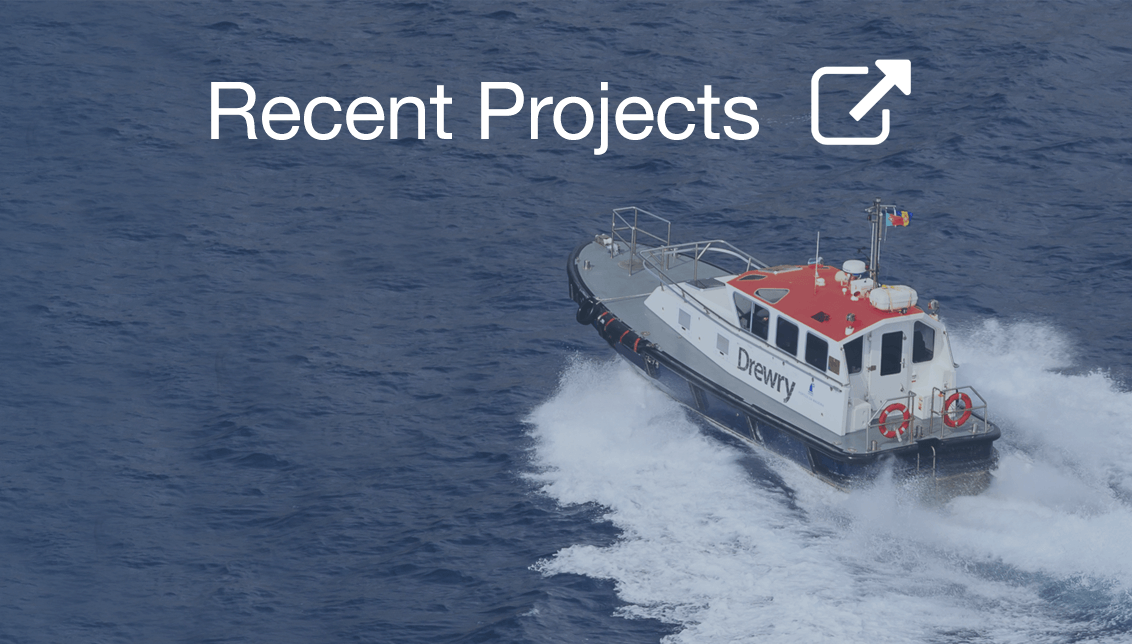Browse Products by Sector
Container ShippingContainer Equipment Assets
Ports and Terminals
Dry Bulk Shipping
Tanker Shipping
Gas Shipping
Specialised Shipping
Multimodal Transport
Logistics Management
Ship Operations and Management
Other popular areas
Browse subscriptions by Sector
Container ShippingPorts and Terminals
Dry Bulk Shipping
LPG Shipping
LNG Shipping
Crude Tanker Shipping
Product Tanker Shipping
Financial Advisory
Valuations
Drewry Financial Research Services Ltd is authorised by the UK Financial Conduct Authority (FCA).
Higher contract rates expected in new annual tenders (updated)
As we move closer to the end of the year, Drewry reaffirms its view that shippers and forwarders should expect contract freight rates on most routes to increase – not fall – in 2021, following major market changes since the COVID-19 outbreak. This article is an update of the Logistics Executive Briefing article on the outlook for ocean contract freight rates, published on 2 Sept 20.
Drewry’s shipper customers are increasingly asking if they should expect higher contract rates in their forthcoming tenders for 2021 contracts. Our strong recommendation is to prepare for this and take steps to bring as much visibility to the process as is possible.
It is too early in the Q4 bid season to reach exact conclusions about 2021 rate changes. However, in this Logistics Executive Briefing, we provide some recommendations and observations to help inform shippers on the current market shift and its potential outlook.
1. Spot rates on most routes are very high (and are expected to remain high for months, creating upwards pressure on contract rates)
Based on the Drewry Container Freight Rate Insight, a service that tracks and provides average spot container freight rates on 700+ lanes globally and analyses market trends, we can clearly see that 2020 spot rates have exceeded 2019 spot rates by a large margin since March. The Global Freight Rate Index, a weighted average of all-in spot rates on East-West, North-South and intra-regional trades, reached $2,276/40ft container in August, a 32% increase from August 2019 (Figure 1).
Figure 1: Drewry global spot freight rate index ($/40ft)

Some routes and regions stand out as benefiting from lower rates, but the vast majority are seeing rates rise – particularly Transpacific Eastbound and Europe-to-Asia Eastbound, where the increases are worryingly high high for shippers and much more profitable for ocean carriers.
The stratospheric increases in transpacific spot rates and the current shortage of capacity in Asia have led regulators in China and in the US to signal that they are watching the competition situation closely. China’s Ministry of Transport met most major carriers on 11 September and asked carriers why there were such large increases in transpacific rates and expressed “hope” that they would bring back ship capacity to the market.
In the US, the Federal Maritime Commission said on 16 September that it is “actively monitoring for any potential effect on freight rates and transportation service levels, using a variety of sources and markers, including the exhaustive information that parties to a carrier agreement must file with the agency.” The FMC warned that, if there is any indication of carrier behaviour that might violate the competition standards in the US Shipping Act, then it will immediately seek to address these concerns with the carriers.
The Transpacific Eastbound route (rates up 180% year-on-year) and the North Europe-to-Asia route (rates up 130% year-on-year) stand out as routes where very high spot rates are likely to pull up contract freight rates in the forthcoming annual tenders.
In other words, spot rates (now high) and contract rates (now relatively low) will converge – with contract rates on most routes expected to rise in 2021. The current gap between transpacific rates and spot rates is over $2,000/40ft container and intrinsically encourages carriers to minimise their capacity sold under (much lower) contract rates.
Figure 2: Drewry Shanghai-LAX and RTM-Shanghai spot freight rate index ($/40ft)

We note that average spot rates on the North-South routes show more moderate increases than on East-West routes (Figure 3).
Figure 3: Drewry North-South spot freight rate index ($/40ft)

Particularly this year, shippers and forwarders should track the development of spot freight rates because they indicate the tightness of the market on some routes, they may be a leading indicator of contract rates, and they could point to future problems of capacity availability if ocean carriers prioritise (higher) spot cargoes vs (lower-rated) less profitable contract cargoes.
“The risk that some contract shippers will see increases in their 2021 contract rates is rising.”
Customers using this service also gain access to the recording of Drewry’s container freight rates 2021 outlook webinar of 16 September.
Request a demonstration
2. Ocean carriers are reporting consistent, year-on-year increases in their average rates
Ocean carriers provide some limited information on their average freight rates when they report their financial results. There is normally a 2-month delay, so the latest available numbers are those for 2Q 2020. The rates reported do not break down the trend for spot rates and for contract rates separately - they are averages of both.
Five carriers (CMA CGM, Maersk, Hapag-Lloyd, OOCL and Zim) have reported detailed Q2 2020 results, and they all reported increases of between 2.8% and 7.9% in their average spot & contract rates between Q2 2019 and Q2 2020.
3. To date, contract rates have not increased
Drewry’s Benchmarking Club, a closed user group of over 100 multinational shippers, enables shippers to compare their current contract rates against the market and to get insight into recent contract rates secured in the market. The data is updated monthly.
While this sensitive contract information is confidential to Drewry Benchmarking Club participants, we are permitted to publicise the Benchmarking Club East-West Contract Index below, which shows that until now contract rates have mainly declined, not increased.
"How confident are you that you are obtaining competitive freight rates?"
Figure 4: Drewry Benchmarking Club East-West Contract Index (% change month-on-month)

Source: Drewry Benchmarking Club
This data on contract rate trends until July does not imply that the decreasing trend will continue. This is the difficult question which shippers, forwarders and ocean carriers now face.
Drewry urges shippers to warn their financial departments that there is a risk of higher 2021 contract rates and to consider using independent resources like Drewry to provide unbiased market insight, forecasts or target rates to address this risk. On some routes and for some commodities, the prospect of higher contract rates is highly likely.
By using best practices for global ocean bids, including the use of benchmark data to set target rates and negotiate final rates, shippers can ensure that they are not spending more than necessary and can demonstrate that they are obtaining competitive rates and following industry best practices.
If you are a shipper, how confident are you that you are obtaining competitive freight rates? Are ocean carriers, post-industry consolidation, now changing their market behaviour and managing capacity more tightly than previously?
These are important questions which will shape the outcome of the 2021 contract tenders and for which Drewry will continue to support shippers. Get in touch with us today to learn how our market insights, tools and best practices can optimise your ocean freight procurement this year.
Return to...
Related Content
Key Contacts
Container Industry Statistics
World Container Index
East-West composite ($/40ft)Bunker Prices
Rotterdam ($/tonne)Global Port Throughput
Jan 2019 = 100
Idle Capacity
('000 teu)© Copyright 2024 | Drewry Shipping Consultants Limited. All Rights Reserved. Website Terms of Use | Privacy Policy



